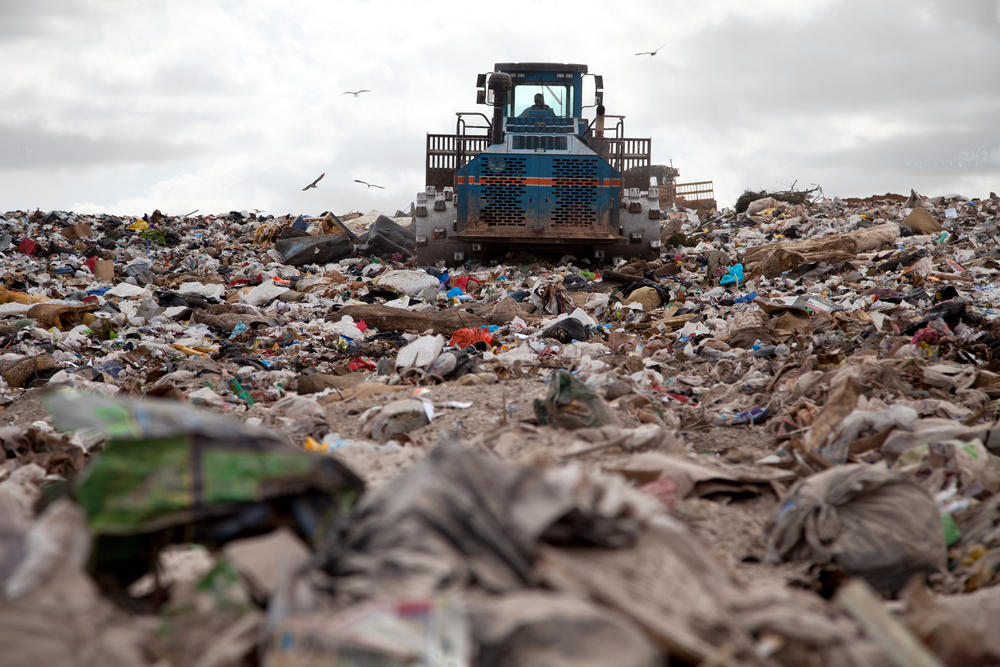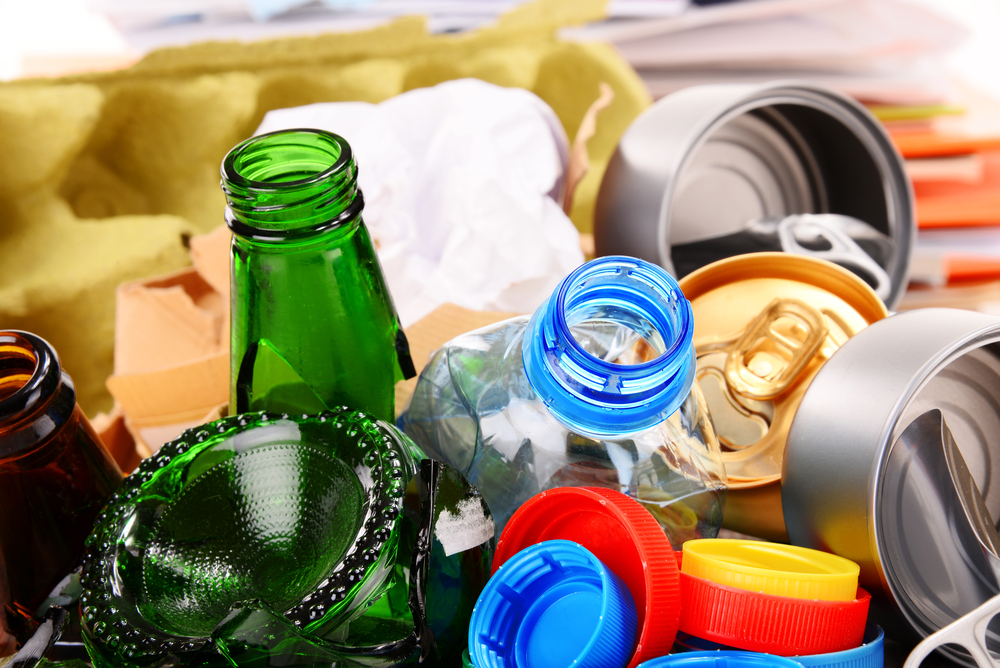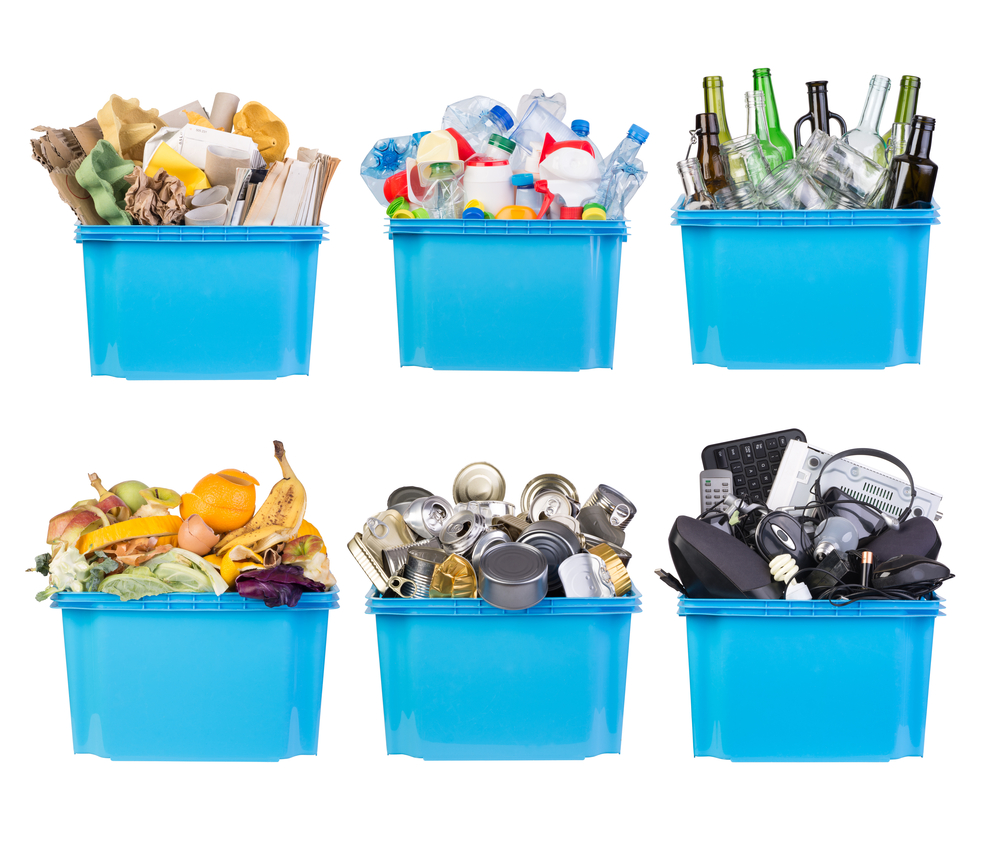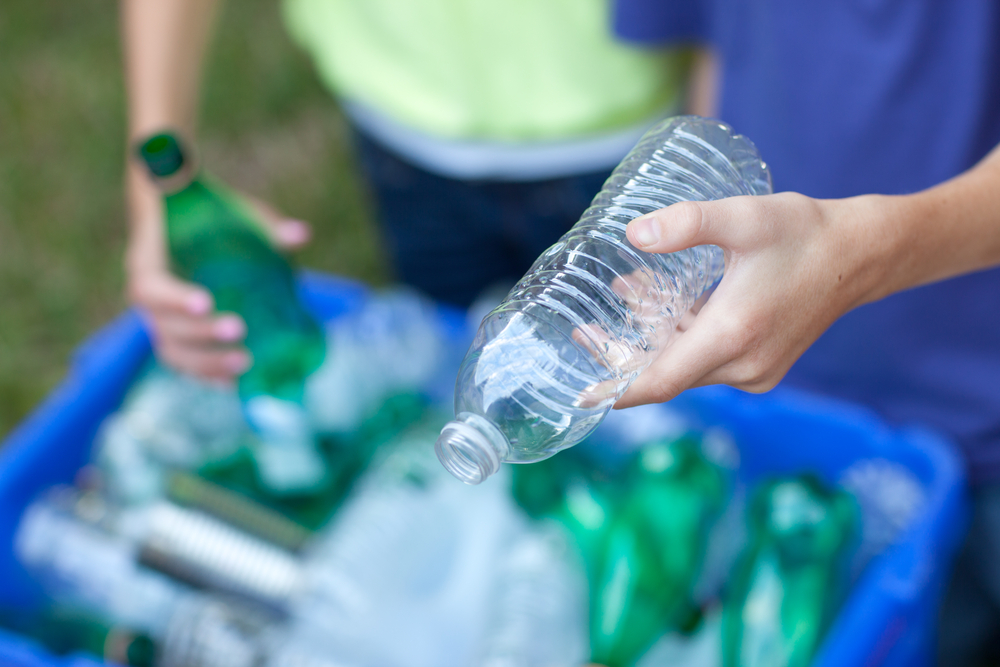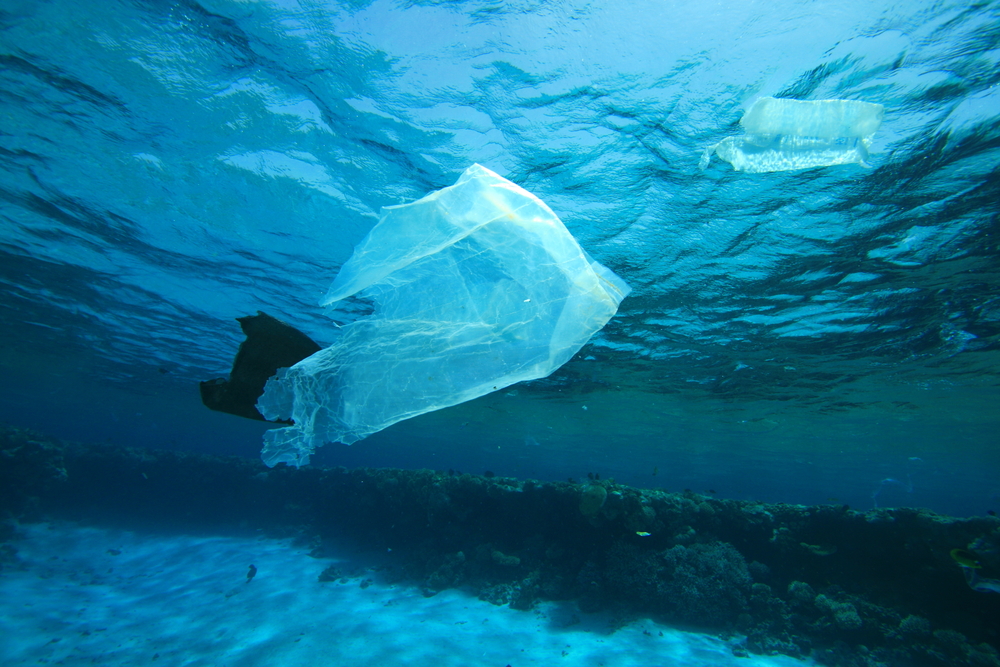
As part of this two-part series exploring ways that you can help prevent climate change, we have mostly explored steps that you can take at home. In this second part, we will explore how to help outside of your home and within your community.
Explore Alternative Transportation Options
Finding ways to leave your car at home when going to work or running errands can significantly reduce your carbon footprint. Walking whenever possible is the cleanest option. In addition, you will enjoy many health benefits with this simply option! Riding your bicycle is another option that is becoming increasingly easier to do with many communities adding bike lanes and paths for residents to enjoy.
If walking, riding a bike or using public transportation is not an option, you can still keep your waste down by properly maintaining your vehicle. The U.S. Department of Energy estimates that you can improve your gas mileage by an average of 0.6 percent by ensuring your tires are properly inflated. In some cases, you can improve gas mileage by as much as three percent. A loose, cracked or damaged gas cap will also allow gas to escape from your tank as vapor, so be sure your gas cap is in good shape and always turn it until it clicks a few times to ensure it is properly in place.
Take Your Own Shopping Bags
Plastic bags take hundreds of years to break down, during which time they are contaminating soil and waterways. In addition, plastic bags require a significant amount of energy to produce. To help reduce the number of plastic bags that are used throughout the country, consider taking your own shopping bags when you go shopping.
Plant a Tree
Whether on your property or in a community lot, look for ways to add more trees to the area around you. Not only do trades offer shade and a peaceful place to rest, but they also help to clean the air while putting more oxygen back into it. Explore your community and look for other places where you can add more trees and create greenspace for community members to enjoy while also helping to reduce the carbon footprint of your neighborhood.
Start Recycling Programs
If your community does not have a recycling program, talk to your legislators about getting one started. If a recycling program is in place, look for ways to get more residents to participate. You can do this in part by simplifying the process of collecting recyclables and making it an important part of your community. One way to accomplish this goal is to install Securr recycling receptacles in city parks, on the street and businesses. With the option to place logos on the bins, you can seek out business partners to serve as sponsors to help pay for the bins and their collection in exchange for the advertisement the bins can provide for their business.

